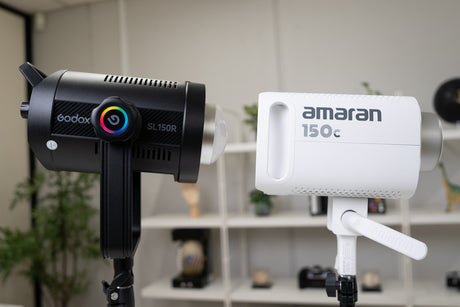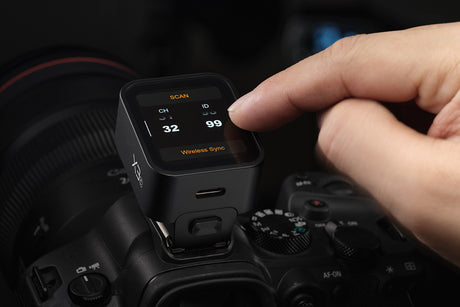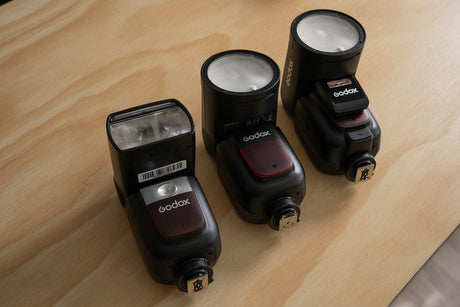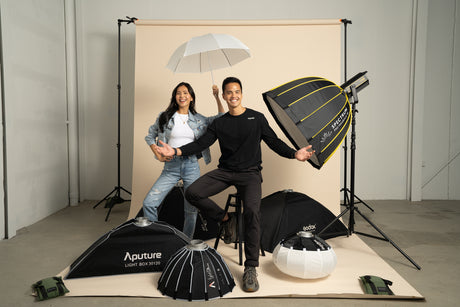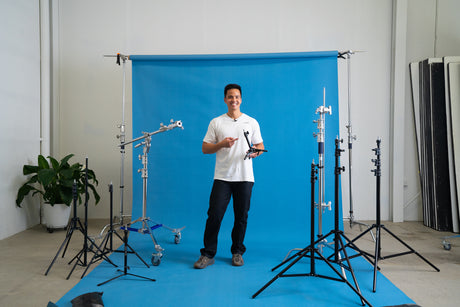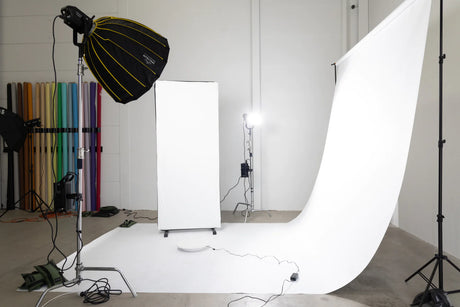
Get closer to your subject
The simplest technique for getting better photos: Get closer to your subject.
Before you take the shot, ask yourself, “Can I get closer?” If the answer is yes, then you should.
Fill your camera’s frame with your subject; this adds intimacy and power to your photos, drawing the viewer in even more.

Crop your photo
You won’t always get that perfect shot to begin with. Keeping the rule-of-thirds in mind; try cropping your photo after you’ve shot it, either in your camera or with photo-editing software.
Cropping ensures that your photo has a clear focal point to draw in a viewer’s eye.
Cropping is an easy way to fix photos where the main subject is overshadowed by distracting elements and background “noise.”

Choose better photo backgrounds
Be sure the background of your photo doesn’t interfere with your subject and take attention away from the focal points.
Avoid distracting elements in the background, such as bystanders or a multi-colored wall or background.
Find a solid-color background. When you are photographing people indoors look for a solid color background. When shooting outdoors an expanse of blue sky or even a swath of green grass can better showcase your subject.
Notice patterns. While simple backgrounds are best for subjects with busy patterns, conversely, simple patterns look best set against a detailed background.

Pick the proper orientation
Your camera produces a rectangular image. This gives you two distinct orientations to work with—vertical or horizontal.
Often, your subject will lend itself to one orientation or the other. For example, a horizontal orientation is not ideal for tall objects. On the other hand, vertical orientation might not lend itself best to a wide shot.
Sometimes it’s not so obvious which orientation to choose. One sure way to know is simply to take your photo both ways and decide which looks best.

Use point of view
Break from the habit of shooting everything from eye level.
Experiment with high- and low-angle shots that show both scale and perspective. You can kneel down to capture subjects near the ground or photograph subjects above you.
Consider creating a photo display in your home that shows one subject from several different angles.
Frame your subject
Framing is what draws the viewer’s eye to the main subject. Creative ways to frame your subject are everywhere!
Take advantage of naturally occurring “frames”—or physical structures and patterns, like a footpath or a fence.
Overhanging tree branches, a doorway, or an arch can give a picture the depth it needs to make it more than just another snapshot.
Don’t forget, you can also use the foreground elements to frame your subject.
Experiment with abstract photography
A fun way to learn more about basic photo composition is to zoom in on abstract details. The purpose is to make a work of art rather than show the object in a realistic way.
Focus on texture, perspective, and color.
Fill your frame with a fantastic pattern (like ripples in a pond, or the checkerboard of a modern glass building). Abstract images are an ideal opportunity to experiment with black-and-white photography.
Hold your DSLR Right
Blur is caused by the movement of either the subject or the camera. Subject movement is something we really can’t control, although adjusting the shutter speed can give us some control over how subject movement is captured. Camera movement, however, is something we can control. Holding the camera properly is the best way to avoid a blurry picture.
You need to hold the camera as steady as possible. Hold the camera’s handgrip in your right hand and cradle the camera body or lens with your left. Keep your elbows propped lightly against your torso for support and place one foot half a pace ahead of the other to keep your upper body stable. This is a steadier position than holding the camera away from your face.











